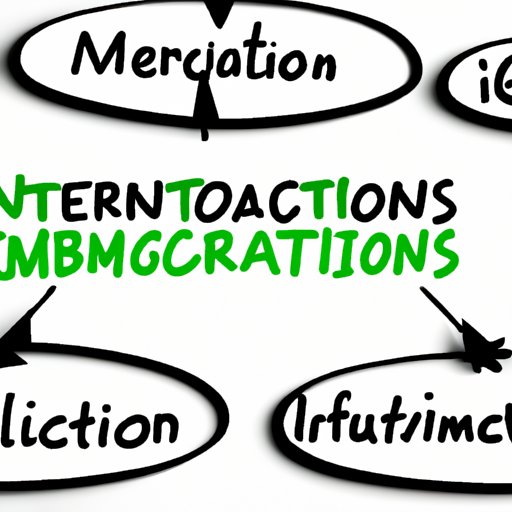Introduction
Immigration policies have been under intense scrutiny in the U.S. for decades, and the 21st century has been marked by a seemingly continuous cycle of debates, reforms, and controversies surrounding this vital issue. This article aims to provide an overview of the key factors regarding immigration problems and offer practical recommendations for solutions. Drawing from economic, technological, and grassroots perspectives, we aim to explore the complexity of the matter and offer actionable insights to overcome it.”
Economic Benefits of Immigration and the Shortcomings of the Current System
Immigration plays a significant role in the economic growth of the U.S. Immigrants have historically contributed to the country’s workforce, and many skills shortages in various industries have been met by hiring foreign workers. In addition, immigrants are more likely to start their own businesses and generate employment opportunities that benefit not only themselves but also their communities. However, the current immigration system has many shortcomings, including delays in processing visa applications and lengthy waiting periods for family reunification. One potential solution is increasing the legal immigration quotas, which could help the economy realize its full potential by providing employers with the workforce they need.
Impact of Immigration Policies on Families and Communities
Immigration policies affect not only the individuals who seek a better life in the U.S., but also their families and communities. Despite the contributions of immigrants to society, the current policies have been associated with family separation and fear of deportation, which has a profound impact on individuals and their communities. Advocates for immigration reform urge policymakers to take a humanizing approach to immigrating and show empathy for those who are facing struggles, regardless of their legal status. A potential solution is to reform the visa system to allow family reunification and avoid separating families as a result of the decision-making process.
The Role of Technology in Solving Immigration Problems
One of the key ingredients in solving immigration problems is technology. The use of blockchain technology, in particular, could play a significant role in helping identify and verify the identities of immigrants, as well as provide a record of their interactions with policymakers. Additionally, smart contracts could streamline the immigration process, reduce fraud, and provide a more efficient framework for vetting applicants.
Globalization and Immigration Patterns
A significant driving force behind immigration patterns is globalization. In many instances, it is the economic and social conditions of home countries that drive people to migrate, either legally or illegally. To provide a long-term solution to immigration problems, policymakers must look beyond immigration and address the underlying causes of migration such as poverty, economic inequality and political instability in nations of origin. To tackle these issues, countries need to create more opportunities for its citizens at home to reduce the push factor to migrate.
Grassroots Approach to Solving Immigration Problems
It is essential to recognize and appreciate the role of community activists and organizations in advocating for immigration reform and driving positive change. Grassroots efforts focusing on community advocacy and local-level issues should be encouraged to put pressure on policymakers. The more the public gets involved in advocating for the rights and dignity of immigrants, the more likely it becomes for policymakers to adopt compassionate and supportive policies.
Historical Context of Immigration Policies
History provides valuable insight into the evolution of immigration policies in the U.S. There have been instances in U.S. history where shameful and racist policies have been the driving force behind immigration policy-making. In particular, the rise of right-wing nationalism and anti-immigrant sentiment has fueled today’s hostile environment. However, the history also provides examples of resilience, activism and social impact outcomes of collective efforts to overcome the tide of exclusion, making access to better lives and dignity possible.
A Comprehensive Approach to Immigration Reform
Lastly, any comprehensive approach to immigration reform must recognize the importance of addressing the root causes of migration. Poverty, economic inequality, and political instability are at the core of many migration patterns. Policymakers need to create a more robust, enforceable framework to promote stable economic environments in economic spheres. The policy solutions must look at a more comprehensive package of immigration reform policies addressing not only illegal immigration but also other issues that drive people to society’s margins.
Conclusion
Immigration problems require a comprehensive and humane approach to addressing issues that prevent immigrants from achieving their full potential. Through economic benefits and the shortcomings of the current system, the role of technology, grassroots activism, historical context, and a comprehensive reform perspective, immigrants can get the support that empowers them, helping reduce marginalization and boost their lives’ dignity. As advocates for change, you have the power to participate in advocacy groups while engaging with elected officials to remind them of their commitment to supporting comprehensible and humane immigration practices.
(Note: Is this article not meeting your expectations? Do you have knowledge or insights to share? Unlock new opportunities and expand your reach by joining our authors team. Click Registration to join us and share your expertise with our readers.)
